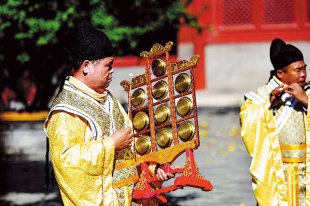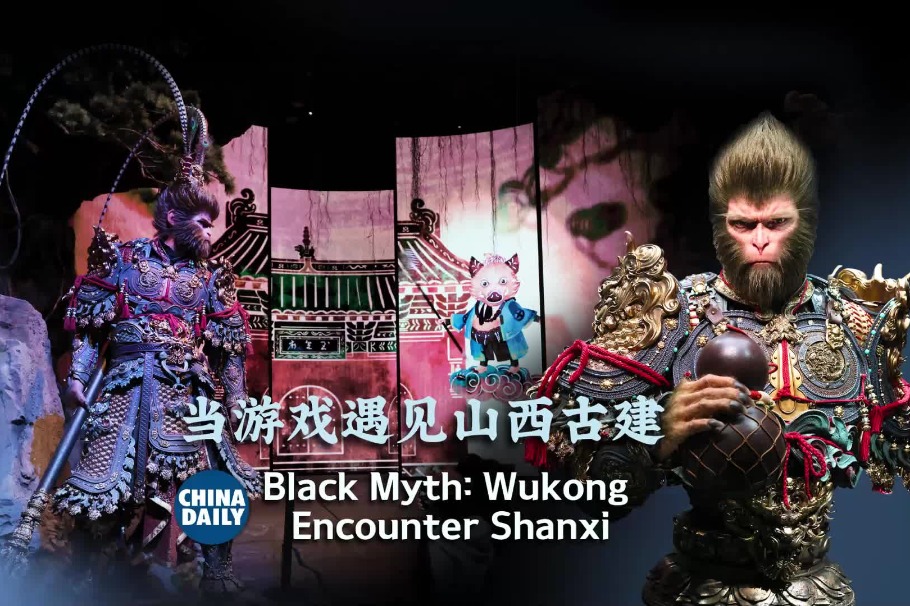In tune with the past


Two months later, Hu and five other youngsters headed to the temple to learn the art of Jing Music.
"It was not easy to learn the traditional music form," admits Hu.
"The skill needed to sing the notation did not come easy. Since the gongche pu was named for its use of 10 Chinese characters as pitch symbols, it takes apprentices up to seven years to be able to sing the notation proficiently."
Students also need to learn from their masters in person to understand the key notes of the musical pieces, as well as the detailed musical changes, such as the raising of pitch in half steps.
Yang Zhiguo is a curator of the temple, which has also been known as the Beijing Museum for Cultural Heritage Exchanges since 1992.
"After years of preservation and inheritance, we felt that the sound and spirit carried by Jing Music is a great embodiment of our traditional culture. The tunes are handed down for generations largely due to their prevalence in, and embodiment of, folk culture and soul, with their rich tones and catchy melodies," he says.
To develop it further, Yang says, his aim is to cross generational lines, "so that this traditional music will be embraced by a larger number of people, and not just exist and be performed at the Zhihua Temple".
The temple, located 5 km east of the Forbidden City, was built in 1444 under the rule of Zhu Qizhen, also known as Emperor Yingzong, during the Ming Dynasty. It was originally erected as the family temple of Wang Zhen, the emperor's favorite eunuch and supervisor of the Office of Rites.
The temple, in its golden age, occupied an area of about 20,000 square meters, with five courtyards in its west, east and central sections. Only the main buildings remain intact.





































